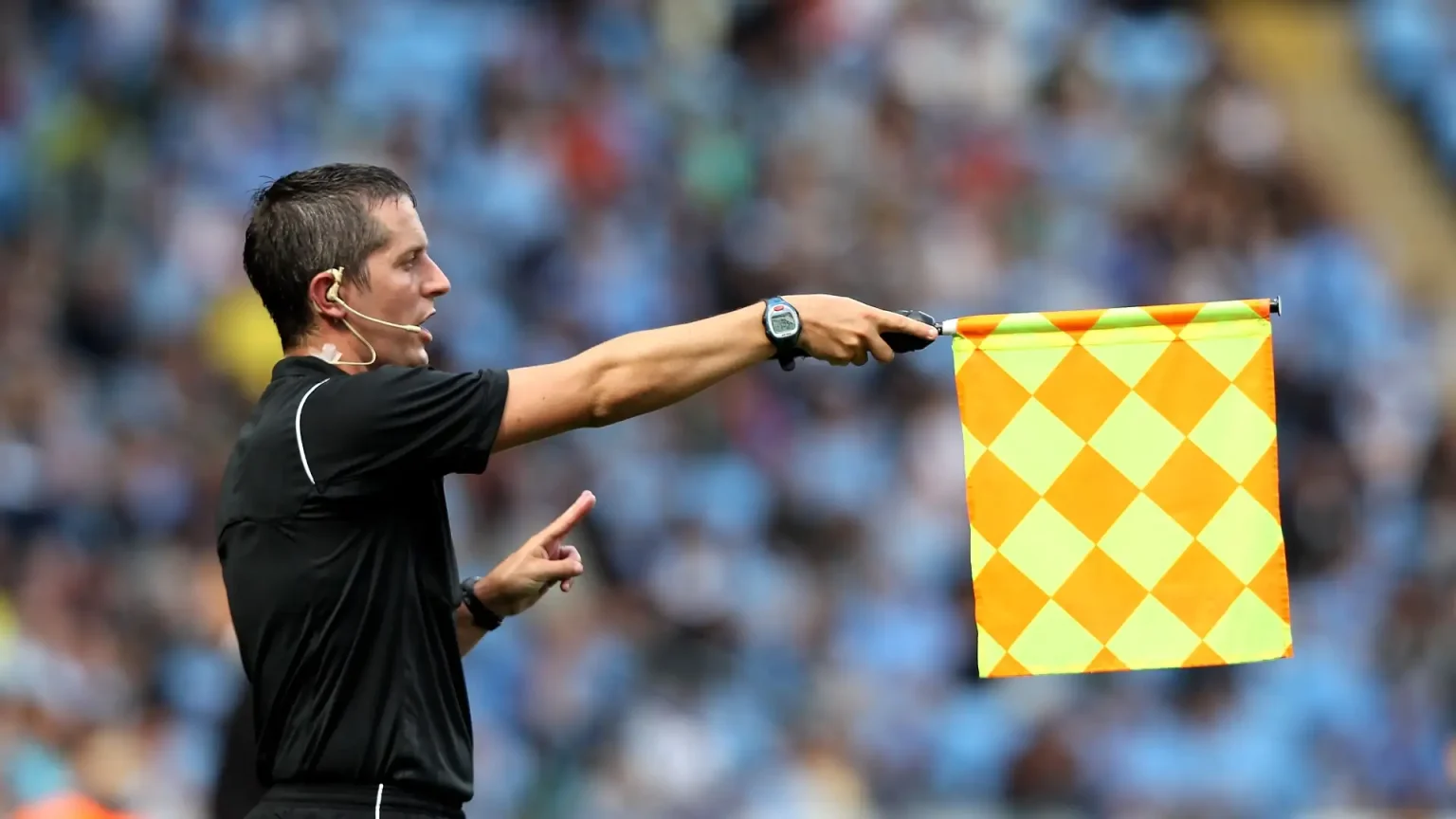According to Xoilac TV https://walksedona.com/In football, the offside rule is one of the most complex and controversial regulations. It doesn’t just directly impact match results but also remains a “hot” topic in every debate among players, coaches, and fans. Since the introduction of VAR technology, the offside rule has been analyzed even more meticulously, but it has also given rise to new controversies.
Defining Offside in Football
According to FIFA’s Laws of the Game, a player is considered offside if, when receiving the ball from a teammate, at the moment the ball is played, they are closer to the opponent’s goal line than both the ball and the second-to-last opponent (usually the last defender, with the goalkeeper counting as one opponent). However, the player is only penalized for being offside if they are involved in active play, such as:
- Receiving the ball from a teammate.
- Interfering with an opponent (e.g., challenging for the ball).
- Gaining an advantage by being in an offside position.
- Interfering with an opponent’s vision or obstructing their defensive action.
If a player is in an offside position but does not actively participate in the play, they will not be penalized.
The Origins of the Offside Rule
The offside rule emerged in the early days of modern football’s inception in England in the 19th century. At that time, football still shared many similarities with rugby, with players often “lurking” near the opponent’s goal to receive the ball, leading to chaotic and disorganized play. To make the game fairer and more tactical, the Offside Law was introduced, forcing players to move intelligently and coordinate well instead of simply “poaching” in front of the opponent’s goal.
Initially, the offside rule was extremely strict, requiring a player to have at least three opponents between themselves and the goal. After several amendments, in 1925, this number was reduced to two opponents, which helped increase the attractiveness of attacking play.
Controversial Offside Situations
The offside rule has always been one of the main reasons for fierce controversies in matches. Many seemingly legitimate goals are disallowed due to offside, or conversely, goals are awarded despite a player being clearly offside, simply due to the referee’s limited viewing angle.
One of the most notable controversial situations was Carlos Tevez’s goal against Mexico at the 2010 World Cup. In that play, Tevez was clearly in an offside position, but the goal was still awarded. Slow-motion replays immediately on the field exposed the error, creating a strong wave of protest, and was partly why FIFA later implemented VAR technology.
VAR and Offside: Resolution or Further Complication?
The introduction of VAR (Video Assistant Referee) technology was expected to minimize offside controversies. With technological assistance, offside situations can be analyzed “down to the centimeter,” providing high accuracy.
However, reality has shown that VAR hasn’t entirely resolved controversies and sometimes even complicates matters. Offside decisions based on a player’s toes, heels, or even parts of their shoulder have led to many beautiful goals being disallowed due to extremely marginal errors, which practically offered no real advantage to the attacker.
See more: https://walksedona.com/kqbd/
Many fans argue that being overly “mechanical” in offside analysis detracts from the emotion of football. FIFA has even considered amending the law to reduce these “very marginal” offside calls, for example, proposing to only penalize offside when the player’s entire upper body is beyond the last defender.
How the Football World Has Received VAR for Offside Decisions
Reactions to VAR and offside are clearly divided into two camps. Coaches and referees generally support the technology because it reduces pressure on them in sensitive situations. But for players, and especially fans, the feeling of celebrating a goal only to have it disallowed after a few minutes of waiting for VAR interrupts the flow of the match and can even lead to disappointment.
Nevertheless, VAR is gradually becoming an indispensable part of modern football. Major leagues like the Premier League, La Liga, Champions League, and the World Cup all apply this technology to ensure fairness.
Conclusion
The offside rule is an essential part of football, helping to ensure a balance between attack and defense. While VAR has made offside decisions more accurate, controversies and mixed emotions will always exist. Football is a sport of emotions, and the offside rule – despite being controversial – is precisely one of the elements that creates its special appeal.

